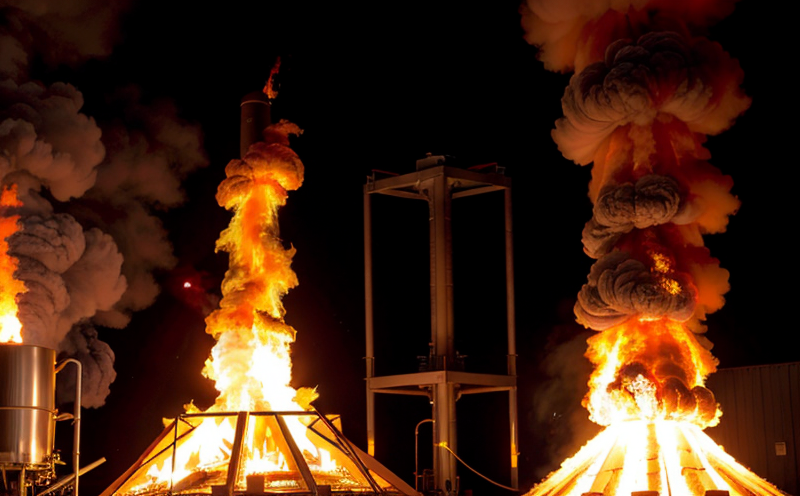Animal Feed Chemical Safety Testing
The testing of animal feed for chemical safety is a critical component in ensuring both human and animal health. As quality managers, compliance officers, R&D engineers, and procurement professionals, you understand the importance of avoiding contamination with harmful chemicals. The presence of even trace amounts of certain compounds can have severe implications on public health and the environment.
Our laboratory offers comprehensive chemical safety testing services for animal feed to help ensure that the products meet regulatory standards and industry best practices. This service is particularly important because it prevents the introduction of hazardous substances into the food chain, which could lead to adverse effects on both livestock and humans who consume their products.
The process begins with proper specimen preparation, where raw materials used in animal feed are carefully selected based on their intended use. Once prepared, these samples undergo a series of rigorous tests designed to identify potential contaminants such as heavy metals (e.g., lead, mercury), mycotoxins, pesticides, and other harmful compounds.
For instance, when testing for mycotoxins, our laboratory adheres to international standards like those specified in ISO 21746:2017 which outlines methods for determining aflatoxin levels. Similarly, heavy metals are analyzed according to procedures outlined in EN 15983-2:2012. Each test is conducted using state-of-the-art instrumentation that ensures precision and accuracy.
The results of these analyses form the basis upon which decisions about the safety of animal feed can be made. Compliance officers rely heavily on this data when drafting or updating policies regarding ingredient sourcing and processing methods. R&D engineers utilize it to develop new formulations that minimize risk while maximizing nutritional value. Procurement teams use the findings as part of their supplier evaluation process, ensuring only high-quality ingredients enter into production.
Our commitment to excellence extends beyond just meeting regulatory requirements; we also provide detailed reports summarizing all aspects of each test conducted. These documents serve multiple purposes including documentation for audit trails and facilitating communication between different stakeholders involved in product development and manufacturing processes.
Applied Standards
The standards applied during our animal feed chemical safety testing include ISO 17025:2017, which ensures that our laboratory maintains the highest level of proficiency. Additionally, we follow guidance documents such as AOAC International Method 989.13 for analyzing fat content and moisture levels in feeds.
- ISO 17025:2017 – General requirements for the competence of testing and calibration laboratories
- AOAC International Method 989.13 – Determination of crude protein, ether extract, and ash in animal feed samples
These standards ensure consistency across all our tests, providing reliable results that are accepted worldwide.
Quality and Reliability Assurance
- Our laboratory adheres strictly to international standards such as ISO 17025:2017 which guarantees the competence of testing laboratories.
- We use advanced analytical techniques like gas chromatography-mass spectrometry (GC-MS) and liquid chromatography-tandem mass spectrometry (LC-MS/MS) to detect trace levels of contaminants.
Our quality control measures are robust, ensuring that every test meets the highest standards. We employ certified analysts who undergo continuous training to stay updated on industry trends and advancements in analytical chemistry.
The reliability of our results is further enhanced by regular calibration checks performed by independent third parties recognized globally for their accuracy. This ensures that all instruments remain calibrated within specified tolerances, minimizing any potential errors or inconsistencies.
Environmental and Sustainability Contributions
In addition to ensuring the safety of animal feed products, our laboratory also plays an active role in promoting environmental sustainability through responsible testing practices. By adhering strictly to internationally recognized standards and using efficient equipment, we help reduce waste generation during specimen preparation stages.
- Minimizing water usage during sample extraction processes
- Optimizing reagent consumption to minimize chemical disposal requirements
We also contribute positively towards reducing carbon footprints by adopting energy-efficient laboratory practices. Our efforts reflect a broader commitment to sustainability, aligning with global environmental goals.





